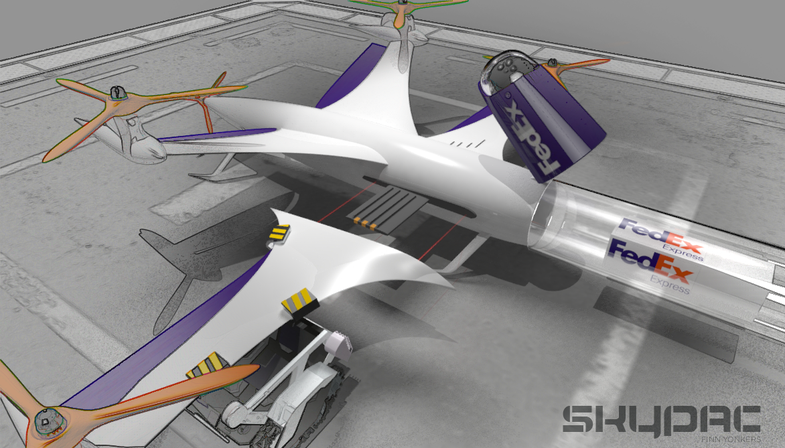Airbus Wants Your Delivery Drone Designs
The contest is underway!

Drones today are inadequate. While the basics of simple unmanned flying machines are simple enough, if drones are going to revolutionize how people do anything, they’ll need to do much more, within the basic confines of their design. So Local Motors, a Phoenix-based open-source manufacturing company, is partnering with Airbus Group to design a cargo drone for the future.
They’re holding a contest, with submissions open until May 22nd. Voting on the entrees will begin on June 5th. Here are some of the requirements for the design:
- Vertical takeoff and landing
- At least one fixed wing, for flying like a plane
- Must use between 4 and 10 rotors/propellers for lift and thrust
- Weigh no more than 55 pounds when fully loaded
- Maximum wingspan of 16 feet
- Maximum length of 13 feet
- No single part can be longer than 6 feet 6 inches, so that the parts can be broken up for transport
- Must be able to carry an 11-pound cargo over 37 miles and a 6.5-pound cargo over 62 miles
- Must have a payload bay with exact dimensions that can be reached from the bottom of the aircraft
- Cruising speed must be at least 50 mph
- Maximum speed can’t be greater than 120 mph
- Has to be powered by rechargeable batteries
- Must be able to fly in sustained winds of 22 mph.
That’s a lot of requirements, and there are more details at the contest page.
Here are my favorite of the designs submitted so far:

SkyPac

DAR-X4

M-PROP concept

Interkontinent
